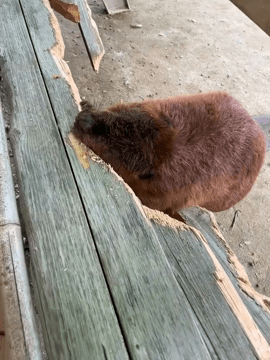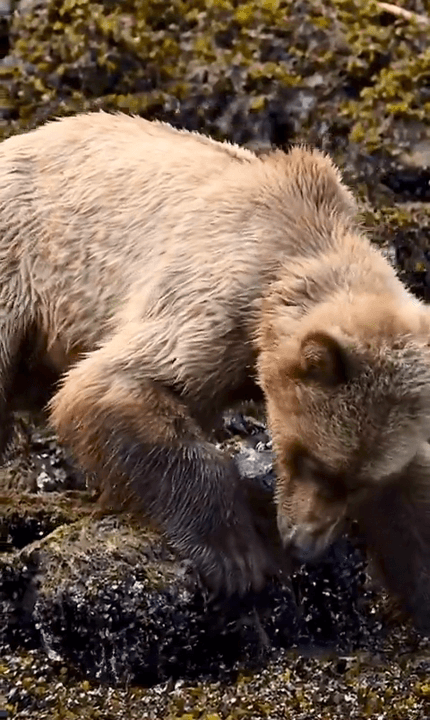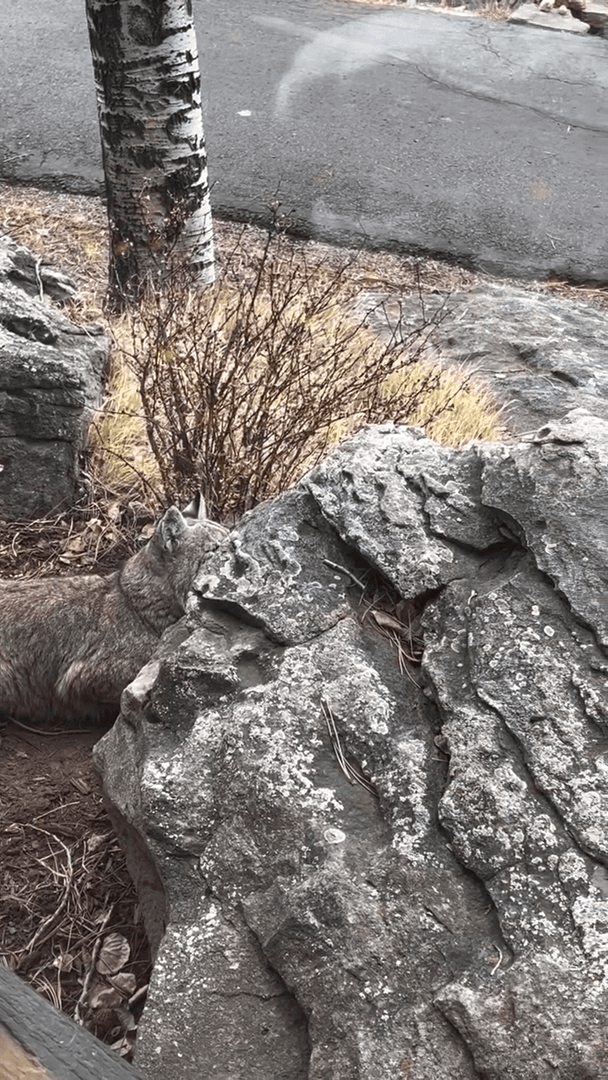
Hunting plays a vital role in controlling wildlife populations, especially in areas where natural predators are absent. Overpopulation of certain species can lead to ecological imbalances, crop damage, and increased spread of diseases.
Post: 22 August 17:25















































